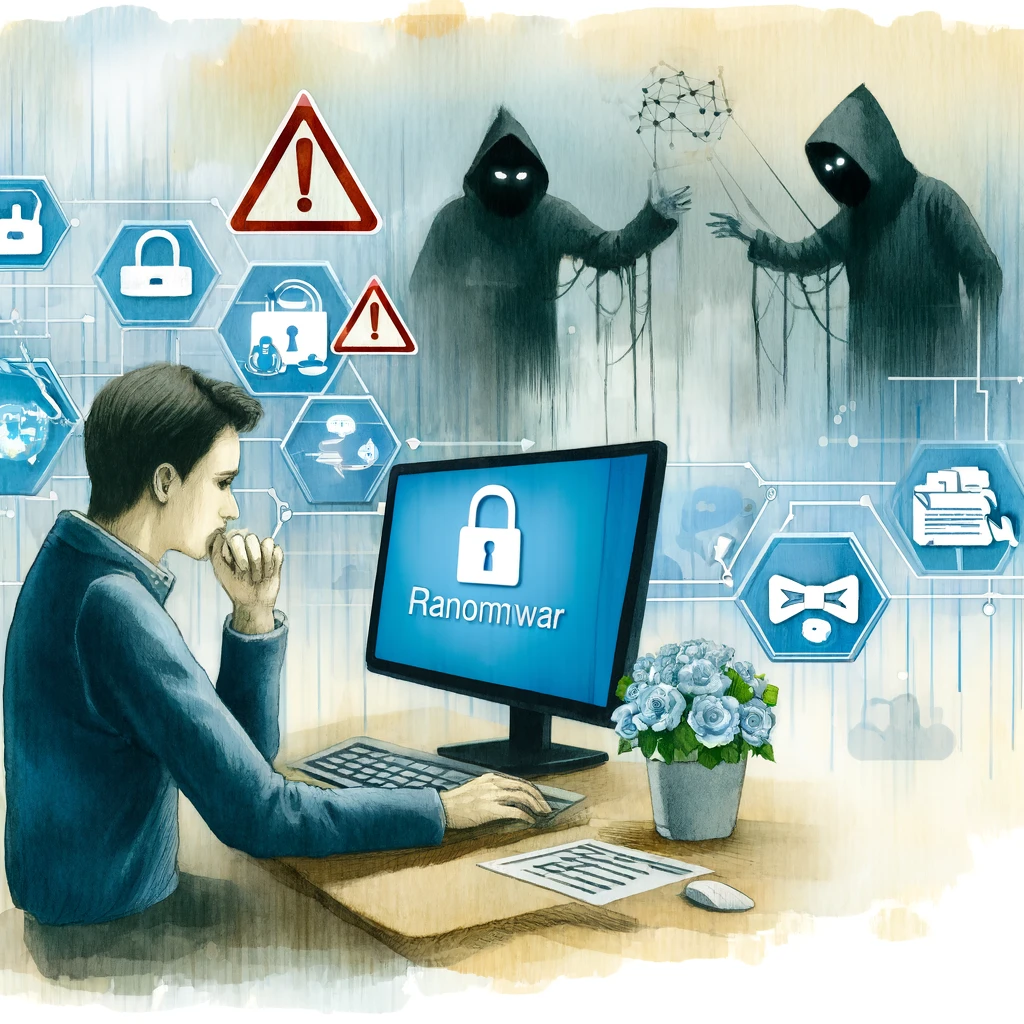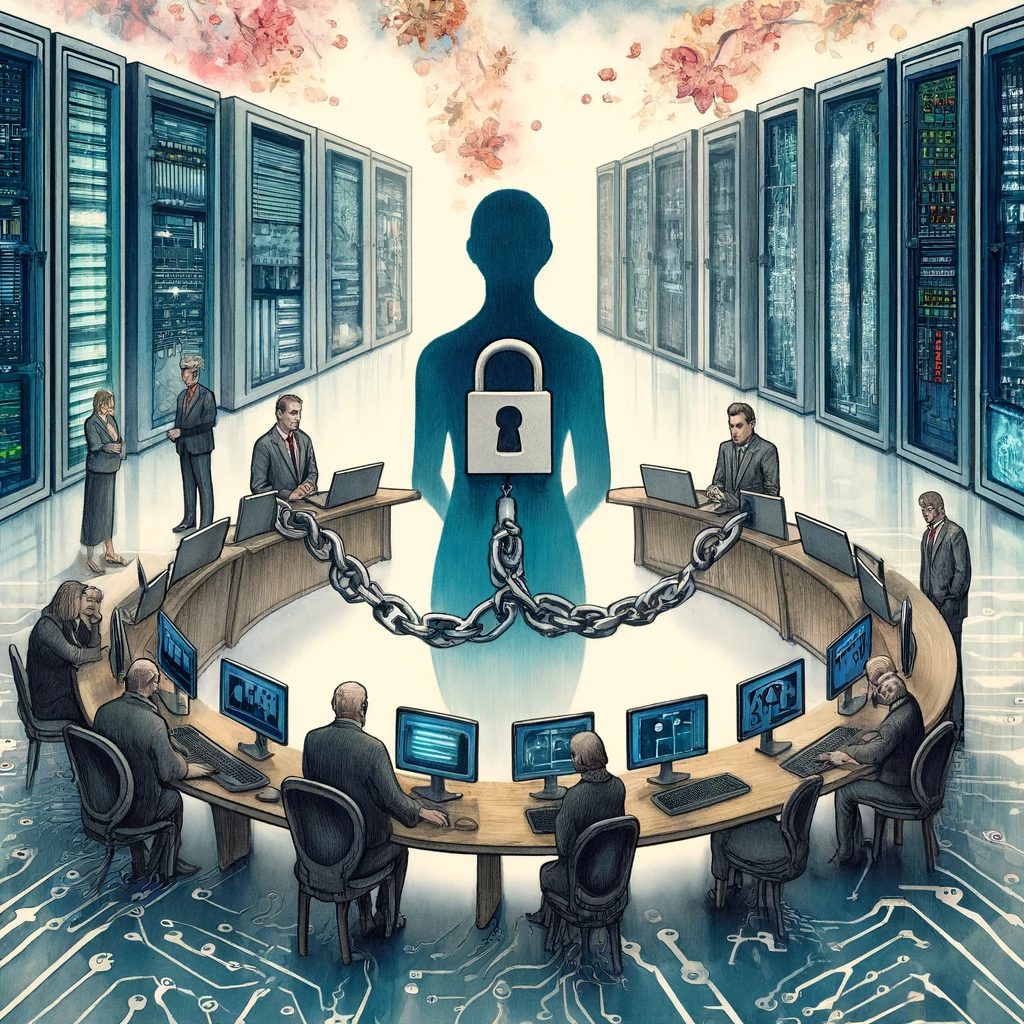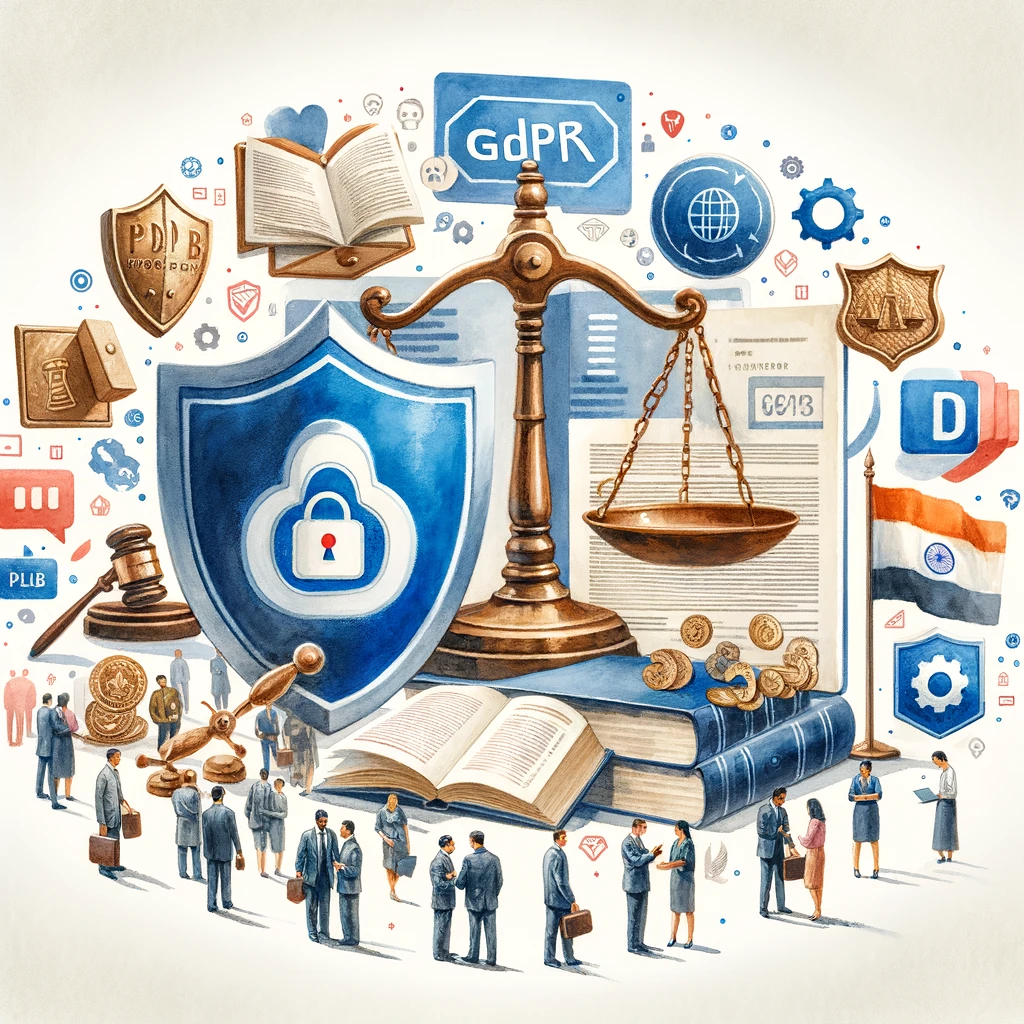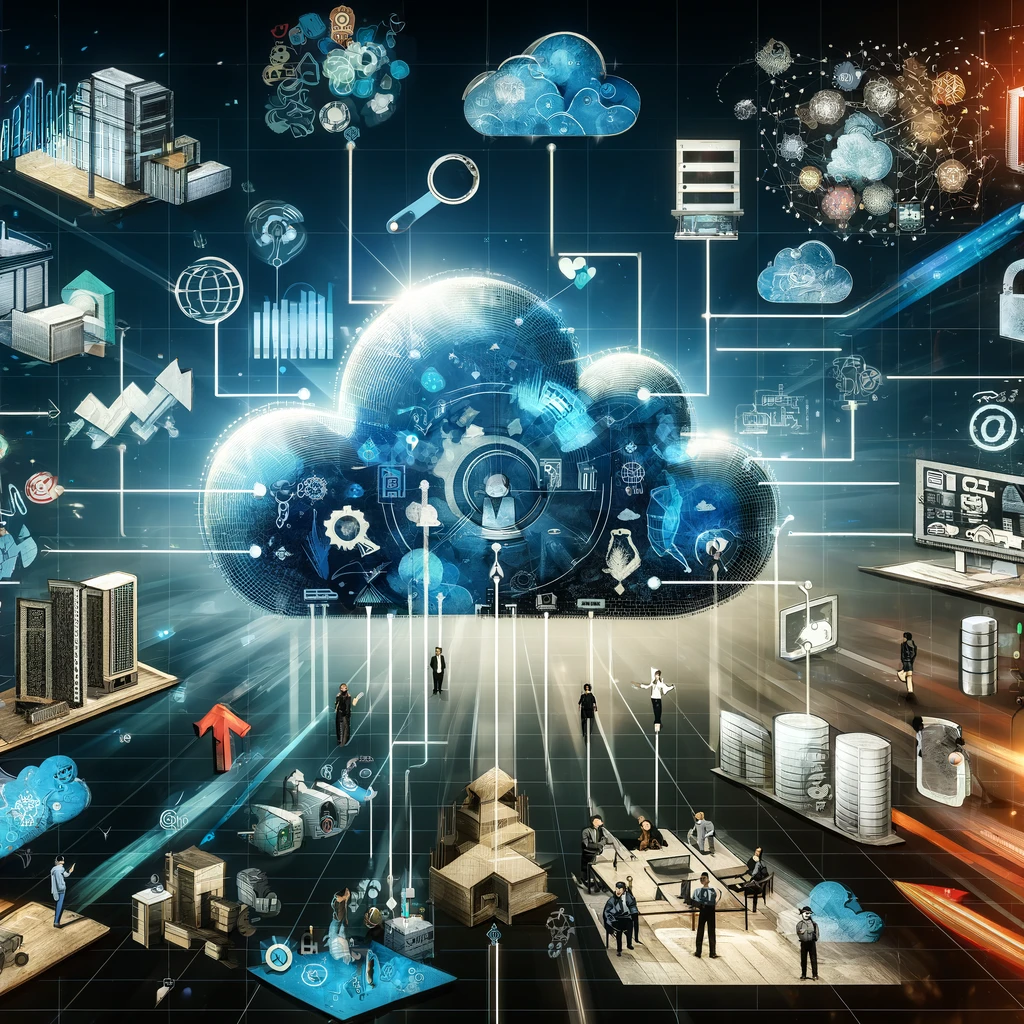Introduction
In an increasingly digital world, cybersecurity and privacy have become critical issues for individuals, organizations, and governments. The rapid growth of technology and the internet has led to a surge in cyber threats, posing significant risks to data security and personal privacy. This article delves into the rising threats in cyberspace, the challenges surrounding data privacy, the effectiveness of regulatory frameworks, the role of public awareness, and emerging trends in cybersecurity.

Rising Cyber Threats
1.1 Increase in Cyber Threats:
The digital age has ushered in unprecedented levels of connectivity, but it has also exposed vulnerabilities that cybercriminals are quick to exploit. Cyber threats such as data breaches, ransomware attacks, and phishing scams have escalated, affecting individuals and organizations worldwide.
Key Cyber Threats:
- Data Breaches: Data breaches involve unauthorized access to sensitive information, such as personal data, financial records, and intellectual property. According to IBM’s 2022 Cost of a Data Breach Report, the average cost of a data breach globally was $4.35 million, with healthcare being the most affected sector.
- Ransomware: Ransomware is a type of malicious software that encrypts a victim’s data, with attackers demanding a ransom for its release. The Colonial Pipeline attack in 2021, where a ransomware attack led to a major fuel supply disruption in the USA, highlights the severe impact of such threats.
- Phishing: Phishing scams trick individuals into divulging personal information, such as passwords and credit card numbers, often through deceptive emails or websites. Phishing attacks accounted for 36% of all data breaches in 2021, according to Verizon’s Data Breach Investigations Report.
Impact on Individuals and Organizations:
- Individuals: Cyber threats can lead to identity theft, financial loss, and a breach of personal privacy. Victims of data breaches may face long-term repercussions, including compromised financial stability and personal safety.
- Organizations: For businesses, cyber attacks can result in significant financial losses, reputational damage, and legal liabilities. The WannaCry ransomware attack in 2017 caused damages estimated at $4 billion globally, disrupting operations across various sectors.
Case Study: SolarWinds Attack
- Event: In 2020, a sophisticated cyber attack on SolarWinds, an IT management company, compromised the systems of numerous organizations, including U.S. government agencies and Fortune 500 companies.
- Impact: The breach highlighted the vulnerabilities in supply chain security and underscored the need for robust cybersecurity measures.

Privacy Concerns
2.1 Data Privacy Issues:
As data becomes increasingly valuable, concerns about how personal information is collected, stored, and shared by businesses and governments have grown.
Key Privacy Issues:
- Data Collection: Companies collect vast amounts of personal data for various purposes, including targeted advertising, product development, and customer service. However, the extent and methods of data collection often raise privacy concerns.
- Data Storage: Ensuring the security of stored data is critical to prevent unauthorized access and breaches. Poor data management practices can lead to significant vulnerabilities.
- Data Sharing: The sharing of personal data with third parties, sometimes without explicit consent, poses risks to privacy. High-profile incidents like the Facebook-Cambridge Analytica scandal have brought attention to the misuse of data for political and commercial purposes.
Case Study: Aadhaar Data Privacy Issues
- Event: India’s Aadhaar system, which provides unique identification numbers based on biometric and demographic data, faced criticism over potential privacy risks and data security concerns.
- Impact: The Supreme Court of India’s 2018 ruling upheld the validity of Aadhaar but imposed restrictions on its use to safeguard privacy, highlighting the need for stringent data protection measures.
Statistics:
- Global Concerns: According to a Pew Research Center survey, 79% of Americans are concerned about how companies use their personal data, reflecting widespread anxiety about data privacy.

Regulatory Frameworks
3.1 Effectiveness of Data Protection Laws:
To address privacy concerns and protect personal data, various regulatory frameworks have been established worldwide. These laws aim to ensure data security and give individuals greater control over their personal information.
Key Regulations:
- General Data Protection Regulation (GDPR): Implemented in the European Union in 2018, GDPR sets stringent guidelines for data protection and privacy. It grants individuals rights such as access to their data, the right to be forgotten, and the right to data portability. Non-compliance can result in hefty fines, up to 4% of a company’s annual global turnover.
- Personal Data Protection Bill (PDPB), India: Proposed in 2019, the PDPB aims to establish a framework for data protection in India, similar to GDPR. It mandates data localization, giving individuals the right to consent to data processing and providing mechanisms for data protection.
Case Study: GDPR Implementation
- Event: Since its implementation, GDPR has significantly impacted how companies handle data, leading to increased transparency and accountability.
- Impact: GDPR has set a global standard for data protection, influencing legislation in other countries and promoting better data management practices.
Challenges:
- Compliance Costs: Implementing and maintaining compliance with data protection regulations can be costly, particularly for small and medium-sized enterprises.
- Global Coordination: Ensuring consistent enforcement across different jurisdictions is challenging, given the varying legal frameworks and enforcement mechanisms.
Future Developments:
- Strengthening Regulations: As data privacy concerns grow, more countries are likely to adopt comprehensive data protection laws, similar to GDPR, to enhance privacy safeguards.
Public Awareness
4.1 Role of Education in Enhancing Cybersecurity and Privacy:
Public awareness and education are crucial for protecting against cyber threats and ensuring that individuals and organizations understand the importance of data privacy.
Key Areas for Awareness:
- Cyber Hygiene: Educating individuals about basic cybersecurity practices, such as using strong passwords, recognizing phishing attempts, and securing personal devices, can significantly reduce the risk of cyber attacks.
- Privacy Best Practices: Raising awareness about data privacy, including how to manage privacy settings on social media, avoid sharing sensitive information online, and understand data consent forms, is essential for safeguarding personal information.
Case Study: National Cyber Security Awareness Month (NCSAM)
- Event: In the USA, NCSAM is held every October to promote cybersecurity awareness and education among individuals and businesses.
- Impact: NCSAM has helped increase public understanding of cybersecurity issues, encouraging proactive measures to protect against cyber threats.
Statistics:
- Awareness Levels: A 2020 survey by the National Cyber Security Alliance found that 59% of Americans feel more confident about their online security compared to five years ago, reflecting the positive impact of awareness campaigns.
Challenges:
- Reaching Vulnerable Populations: Ensuring that awareness efforts reach vulnerable populations, such as the elderly and those with limited digital literacy, is challenging but necessary for comprehensive protection.
Future Trends
5.1 Emerging Trends in Cybersecurity and Privacy:
The field of cybersecurity is constantly evolving, with new technologies and challenges shaping the landscape.
Key Trends:
- AI for Threat Detection: Artificial intelligence is increasingly used to detect and respond to cyber threats in real time. AI algorithms can analyze vast amounts of data to identify anomalies and potential security breaches, improving the speed and accuracy of threat detection.
- Securing the Internet of Things (IoT): The proliferation of IoT devices, from smart home appliances to industrial sensors, presents new security challenges. Ensuring the security of these interconnected devices is critical to prevent large-scale attacks and data breaches.
- Blockchain for Data Security: Blockchain technology offers potential solutions for data security and privacy by providing decentralized and tamper-proof data storage. It can enhance transparency and security in data transactions, reducing the risk of breaches.
Case Study: AI in Cybersecurity
- Event: Companies like Darktrace use AI to develop cybersecurity solutions that autonomously detect and respond to threats, demonstrating the potential of AI in enhancing cybersecurity.
- Impact: AI-driven cybersecurity tools are helping organizations improve their defenses against increasingly sophisticated cyber attacks.
Challenges:
- Adapting to New Threats: As cybercriminals develop more advanced tactics, cybersecurity measures must continuously evolve to stay ahead of emerging threats.
- Balancing Innovation and Privacy: Ensuring that new technologies enhance security without compromising privacy rights is a delicate balance that requires careful consideration and regulation.
Conclusion
Cybersecurity and privacy concerns are critical issues in today’s digital age, with significant implications for individuals, organizations, and governments. Addressing these challenges requires a multi-faceted approach that includes robust regulatory frameworks, public awareness, and the adoption of emerging technologies. For UPSC aspirants, understanding the complexities of cybersecurity and privacy is essential for addressing future challenges and shaping policies that protect data and enhance security.
Instructions for Writers:
Provide an overview of cybersecurity threats and privacy concerns, evaluate regulatory frameworks, and discuss the importance of public awareness. Include recent examples and statistics to illustrate your points, ensuring the content is comprehensive, informative, and relevant for UPSC exam preparation.


